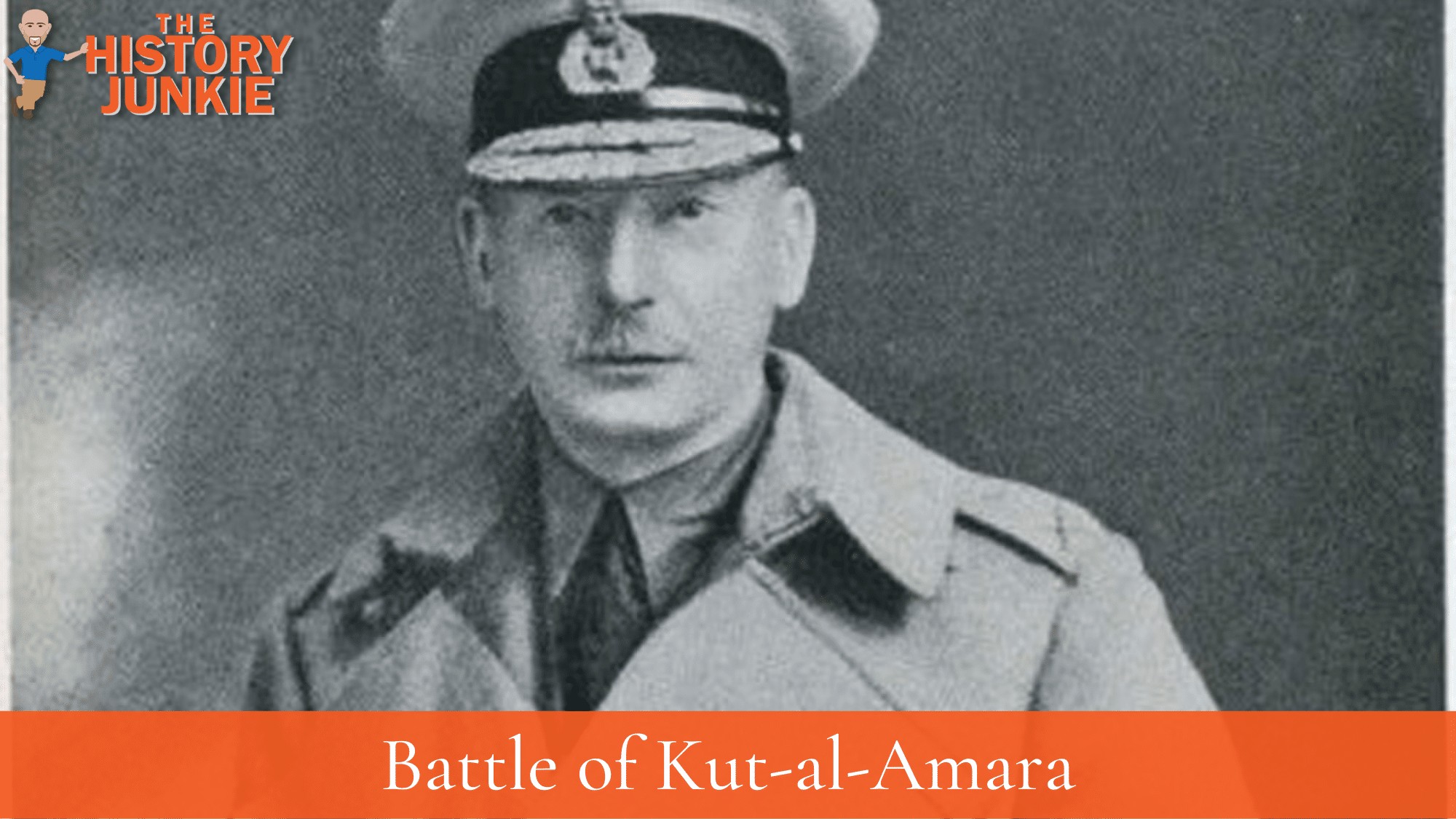The battle of Kut-al-Amara, also known as the Battle of Es Sinn, closely followed their capture of the major Turkish supply base of Nasiriyeh in July 1915 of World War 1.

Sir John Nixon, the British regional Commander-in-Chief, was initially content with securing Nasiriyeh. However, after seeing that British losses had been light, he decided that a continued advance to Kut was justified.
Jump to:
Prelude
To persuade the Indian and British governments to continue the advance, Nixon argued that Turkish forces were forming a concentration at Kut.
He also argued that capturing Kut would remove the need to garrison Nasiriyeh. The Indian government readily agreed, but the government in London was more reluctant.
Sir Charles Townshend was instructed to proceed with his 6th (Poona) Indian Division and a cavalry brigade to take Kut.
Townshend knew that Nixon's ultimate goal was to capture Baghdad, but Nixon had not discussed this with the Indian or British governments.
Townshend recommended that six months of supplies be assembled at Amara before the advance began, but Nixon only allowed six weeks.
Meanwhile, the Turks, under the command of General Nur-ud-Din, had entrenched themselves on both banks of the River Tigris with 10,500 men.
The Battle
The capture of Kut was not difficult for Townshend. His forces crossed the river and attacked from the north on September 28, 1915.
The Turks were routed, losing 5,300 men and all of their guns. A subsequent drop in the water level delayed Townshend's advance, allowing the remaining Turkish forces to escape and retreat to prepared positions at Ctesiphon.
Townshend was becoming increasingly uncomfortable with the British advance, as supply shortages were becoming a problem.
However, Nixon ordered him to advance toward Ctesiphon.
The attempt to capture Ctesiphon was too much for the British, and they were humiliated in a retreat as the Turks reversed their fortunes.
